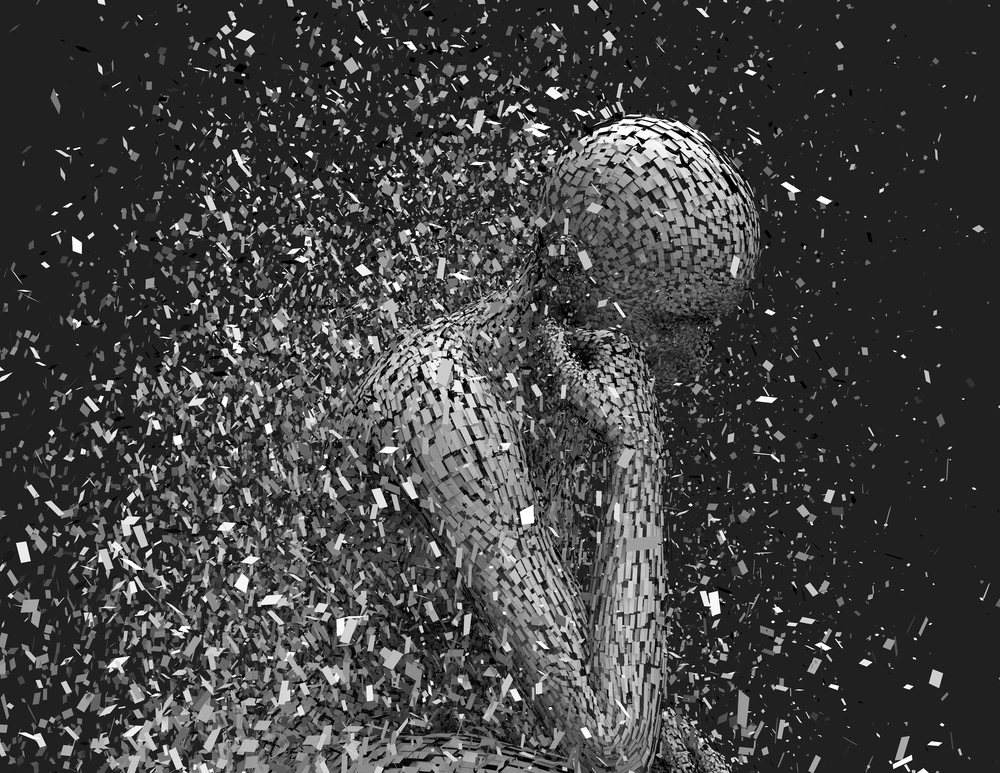Who’s not dealing with anxiety these days? In 2016, Edmund Bourne, the former director of the Anxiety Treatments Centers in California, and writer Lorna Garano put forth Coping with Anxiety — a book that seems more relevant than ever as sudden environmental changes have spurred an uncertain-feeling future and each day can seem like a month. More than 50 million Americans suffer from acute anxiety, experiencing effects, such as restlessness, headaches, difficulty concentrating, nausea, and more. According to Bourne and Garano, three elements generate anxiety: the rapidity of change in modern societies; a lack of agreement on moral and social norms to live by; and an increasing disaffection with “postindustrial society’s” functioning.
Even if it feels like an anxiety disorder appeared out of nowhere, keep in mind that you do not need to understand the cause of an occurrence of anxiety to effectively deal with it and don’t assume it has only one cause.
Here are some methods, shared in the book, recommended for alleviating anxiety, fear, and worry:
- Relax your body – Chicago physician Edmund Jacobsen devised a “progressive muscle relaxation” in 1992, as a way to prevent your body from tightening up so that you can prevent or defuse anxiety-related tension. To do this, tighten and loosen muscle groups throughout your body – lower and upper legs, gluteal muscles, shoulders, and so on. Tighten each group for 10 seconds and then let them go. Take a 20-second break, and then move on to the next set of muscles. Two 20-minute sessions per day are recommended.
- Relax your mind – Images help shape human thought; therefore, use the “guided visualization” technique to build a calming narrative. Regular, non-judgmental meditation is also effective.
- Think realistically – People who frequently experience anxiety tend to fixate on thoughts of what can go wrong. This leads to more anxious feelings. By recognizing “distorted thoughts,” you can ask if they make sense and replace them with helpful thoughts that are more reflective of reality.
- Face your fears – “Exposure therapy” is the process of addressing a phobia by breaking the link between a situation and the resulting anxiety. Over time it blunts the impact of the triggering thing. Exposure therapy can be uncomfortable at first, but by committing to facing the immediate pain, your brain builds new neural pathways that help with the long-term gain of alleviating the phobia.
- Get regular exercise – Exercise helps minimize muscular tension and it also helps break down excessive adrenaline and thyroxine. Exercise facilitates more oxygen in your bloodstream and produces feel-good hormones like endorphins and serotonin that enhance your sense of well-being.
- Eat right to stay calm – Caffeine and sugar can both contribute to anxiety triggers. Nutritionists emphasize cutting back on high amounts of carbohydrates that increase the insulin your body produces, disturbing your body’s ability to produce hormones that increase peace and serenity. Minimizing processed food, and foods like meat and cheese that make your body more acidic are also recommended.
- Nourish yourself – Make sleep a priority, and allocate time for periods of freedom and relaxation.
- Simplify – Shed all of the extras that require more time and money but don’t give you anything in return. Use more of your time elevating physical, emotional, and spiritual capacities, such as feeling care and concern for the most vulnerable people.
- Turn off worry – Redirect your focus and distract yourself with thoughts about a project you’d like to complete, or do something physical, call a friend — just shift your attention.
The modern world is hyperactive and rigorous, but you do not have have to feel out of control and adrift in chronic worry. Regular practice of calming, reinvigorating exercises can bring on the peace to navigate out of anxiety and into a more elevated sense of enduring well-being.








